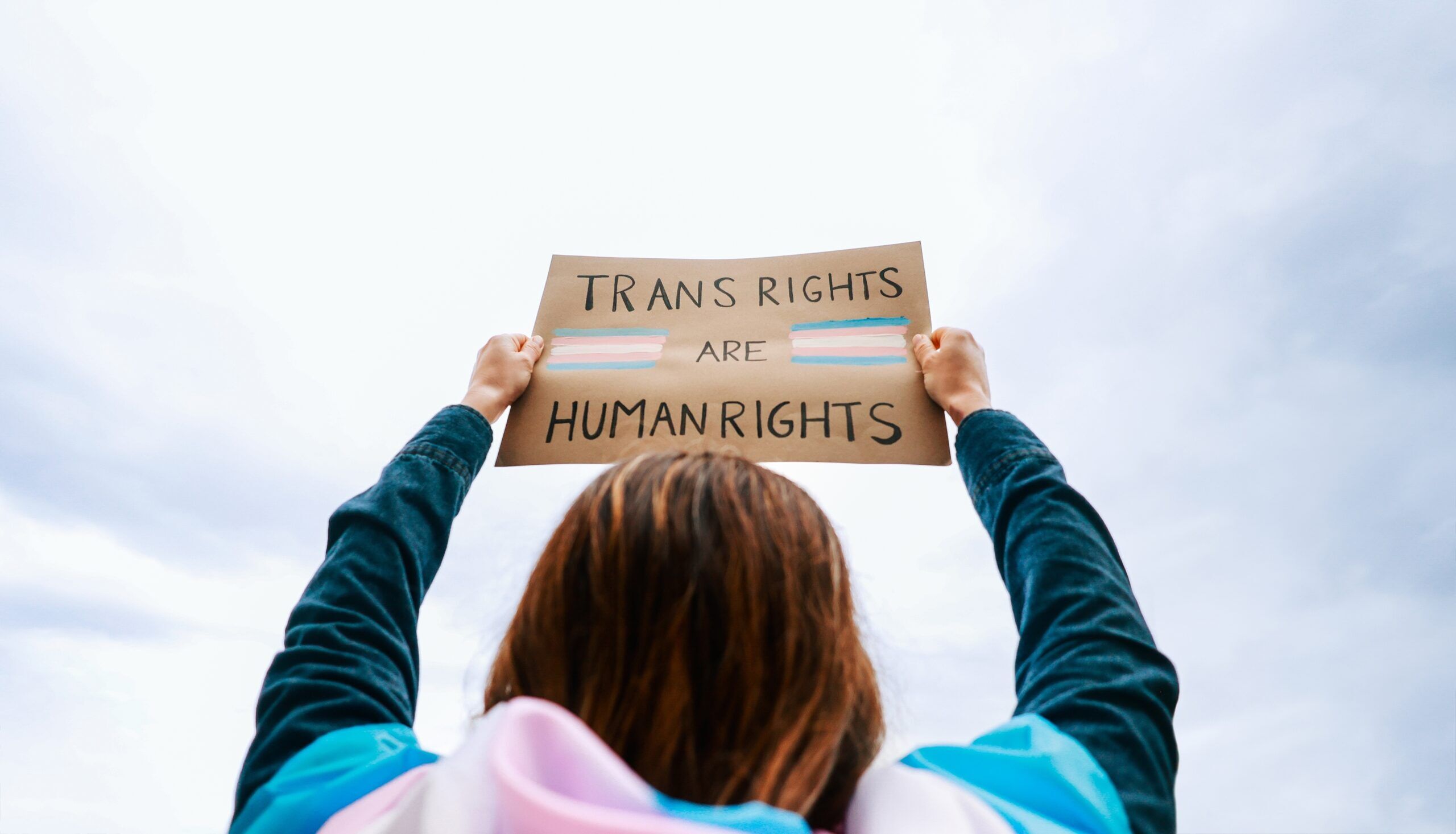The United States continues its downward trajectory when it comes to being a safe place to live as a trans person. Of course, it’s never been particularly safe, but with the Republican party squaring up to focus the 2024 presidential campaign around LGBTQ+ rights and gender-affirming healthcare, trans people are becoming an increasingly desirable target for conservative legislators. 2021 set a record in its first few months for the number of anti-trans bills introduced, and that trend has continued. Even when those bills don’t become law, it leaves trans people and their families unsure of whether they might need to suddenly pick up their lives and move somewhere new.
In far too many states, those anti-trans laws have been signed and gone into effect, targeting everything from gender-affirming care to the mere discussion of sexual orientation and gender identity in schools. Some of those bills are being appealed and contested, so there is still hope. However, with recent decisions from the Supreme Court of the United States around affirmative action and LGBTQ+ protections, it seems like a poor choice to hold out hope of those justices providing us with any justice.
Related:
Everything to Know About SB 254, the Worst Trans Ban You Didn’t Hear About
A trans healthcare ban bill has been temporarily blocked in Florida, but most Americans don’t know it was in effect for weeks.
The 2024 election might well mean that federal legislation and executive actions create an even more dangerous environment for LGBTQ+ people. While few might be able to reasonably relocate across the country and even less be able to leave the United States entirely in favor of somewhere more supportive, knowing where you can expect some degree of protection might become vital for survival. Fortunately, there is a specific tool that can help you know where to go if the shit hits the fan, especially for those looking to relocate to be able to support their trans or nonbinary children.
How To Know Which States Are Safest For Trans People
Erin Reed, also known across social media as @ErinInTheMorn, has been working diligently to keep track of the legislative effort against trans people. It can be hard to keep up with all the bills, legislative hearings, and results. Even aside from the amount of time doing so takes, it is a huge emotional toll. However, Erin Reed is doing all of this and collating the data as part of her efforts to push back against this legislative movement so that you can keep informed without having to spiral into a pit of doom to hear about every little detail.
One crucial tool that Erin Reed provides is her monthly Anti-Trans Legislative Risk Maps. At a glance, these maps provide a snapshot of the best places to live while trans, and just as crucially, the worst ones. On top of highlighting active risks, the maps act as a forecast for what turn a state might take in the next 2 years.
While the data can sometimes be depressing (especially in the June release, which highlighted the deterioration in the situation over the last 6 months), it is nonetheless important to know what is going on. Erin Reed goes further by providing highlights of the key details for various states, explaining why the worst states are the worst and the best are the best. With a detailed methodology and a combination of at-a-glance information and deeper analysis, Erin Reed’s Anti-Trans Legislative Risk Maps are becoming a must-have tool for surviving in the United States while trans.
You can subscribe to Erin Reed’s Substack for regular updates on anti-trans legislation and more here. There is a free option as well as multiple paid options, which provide additional updates and help to support her work in the field.♦
Don't forget to share:
Help make sure LGBTQ+ stories are being told...
We can't rely on mainstream media to tell our stories. That's why we don't lock our articles behind a paywall. Will you support our mission with a contribution today?
Cancel anytime · Proudly LGBTQ+ owned and operated
Read More in Impact
The Latest on INTO
Subscribe to get a twice-weekly dose of queer news, updates, and insights from the INTO team.
in Your Inbox














